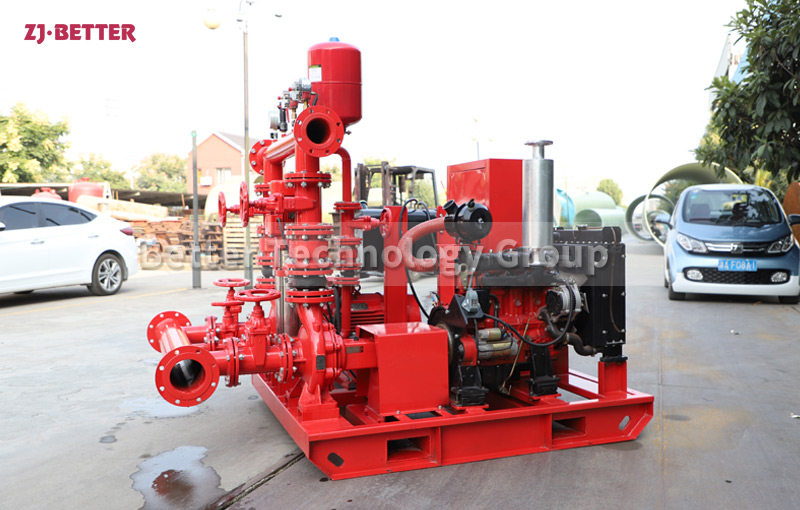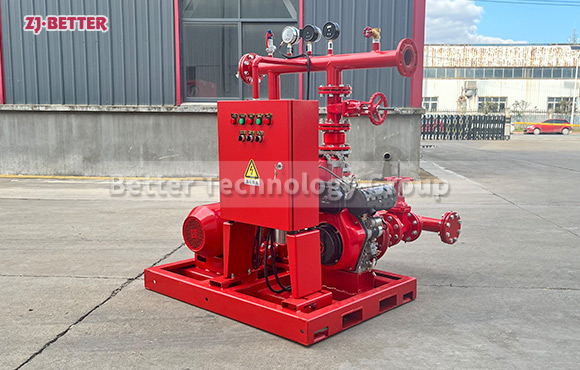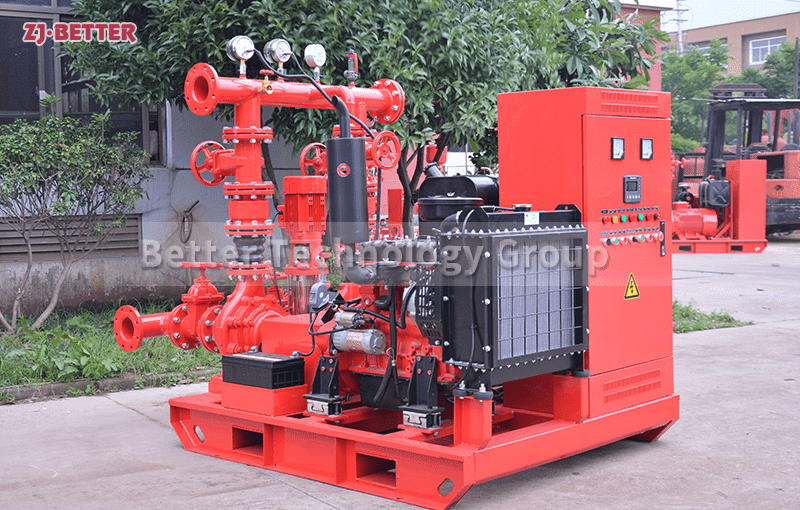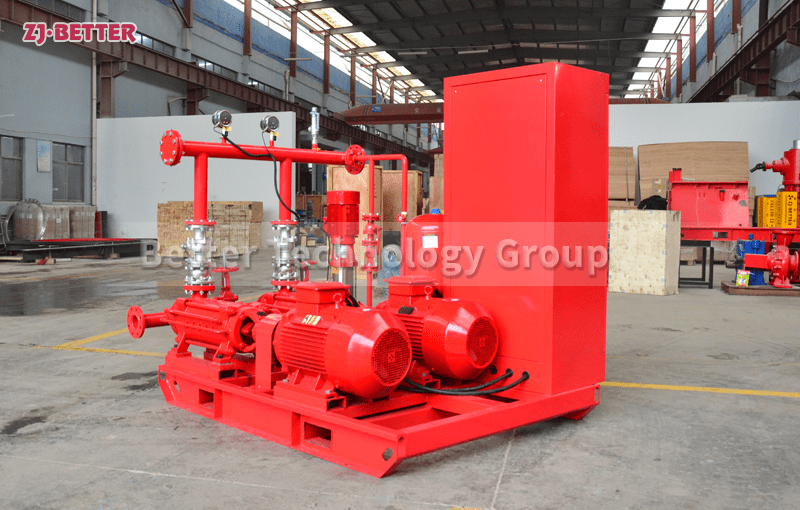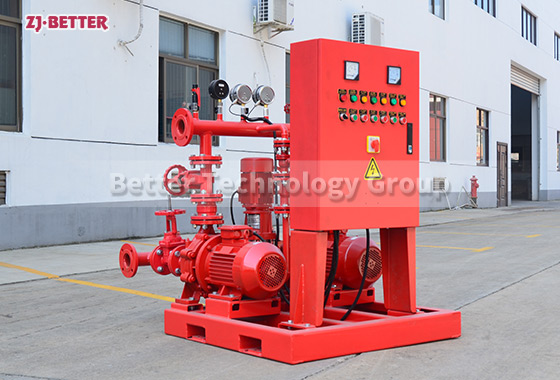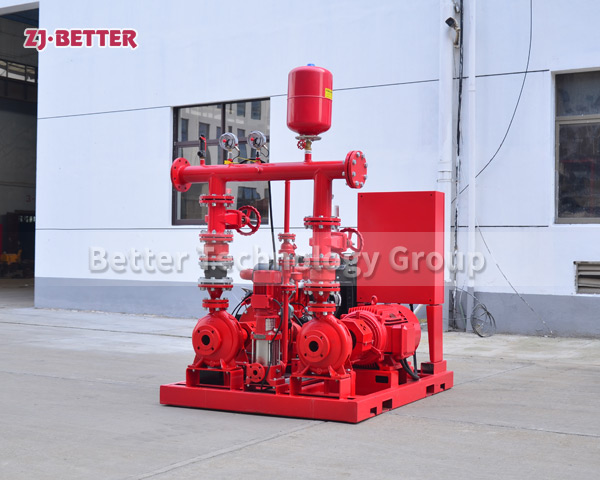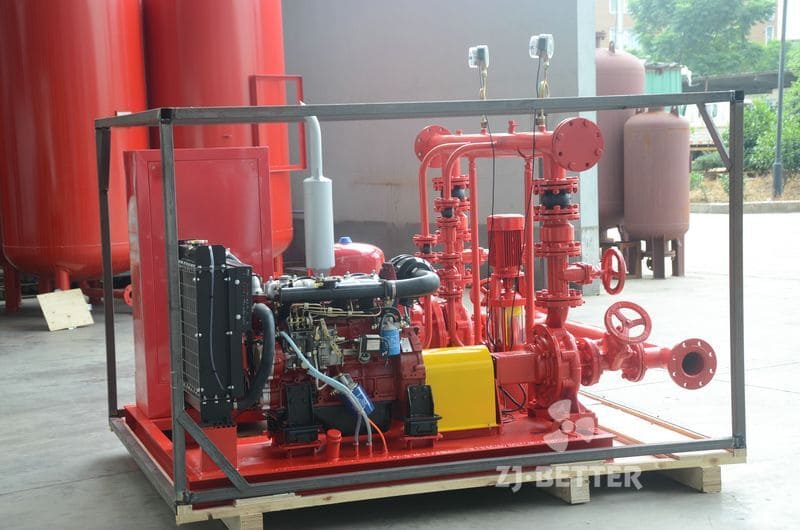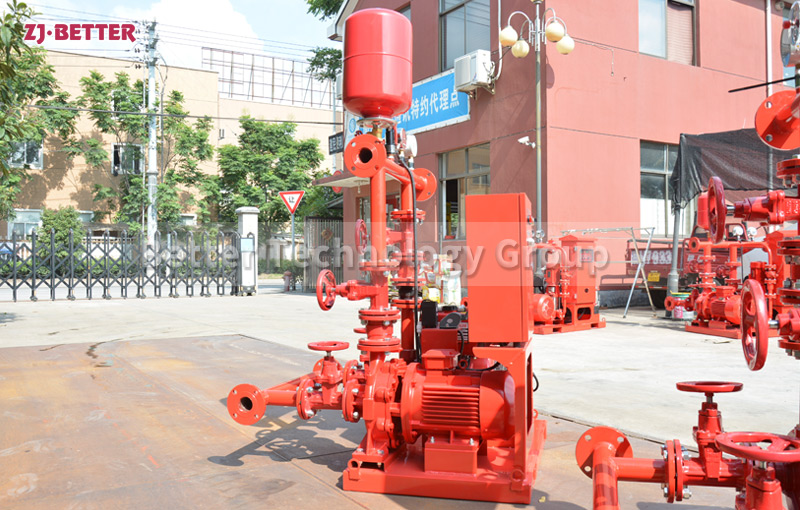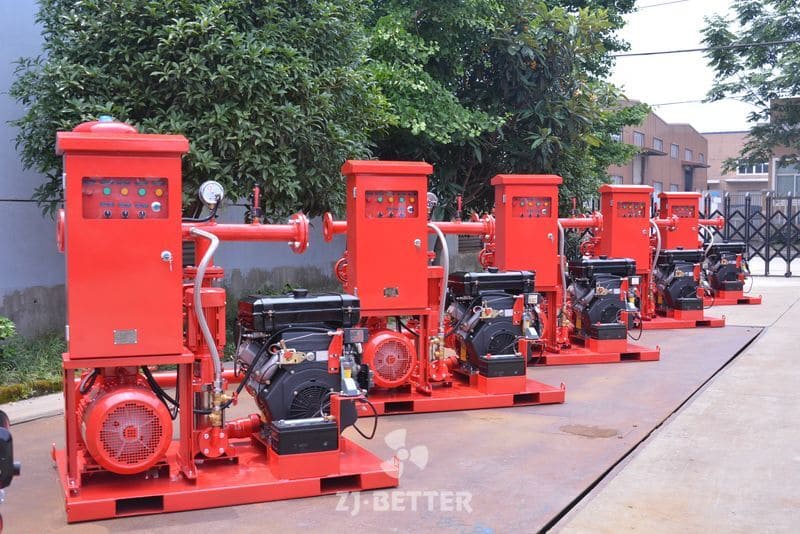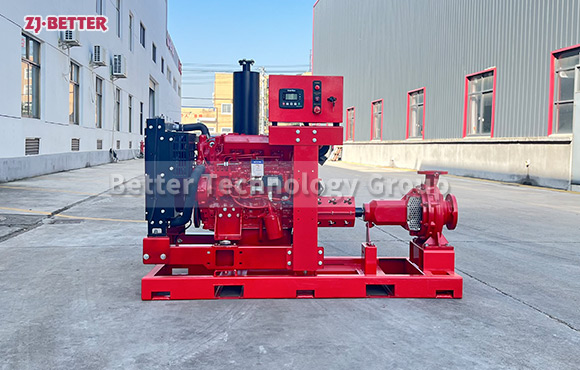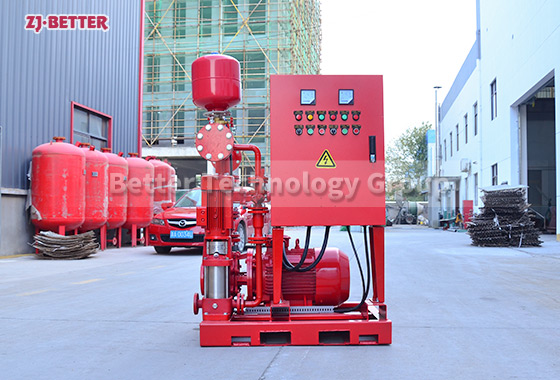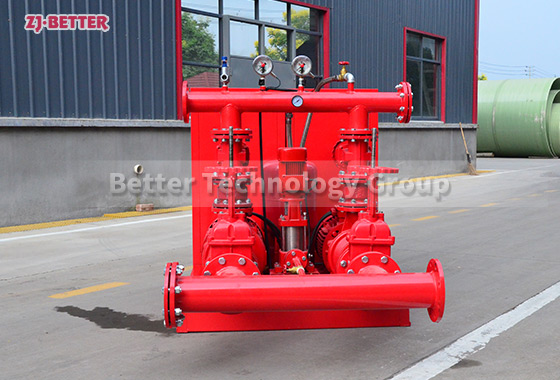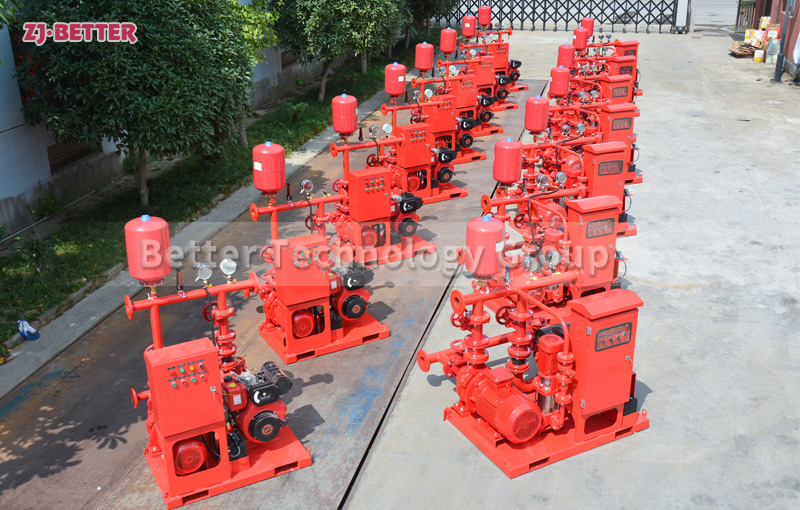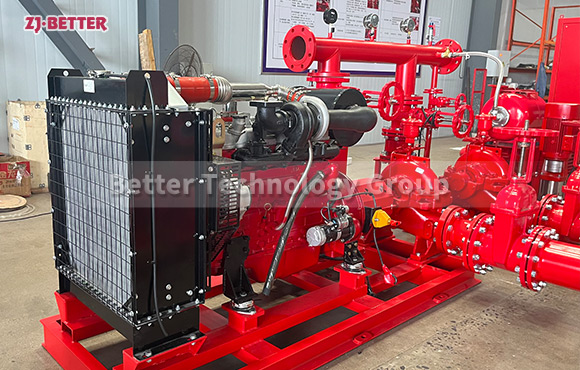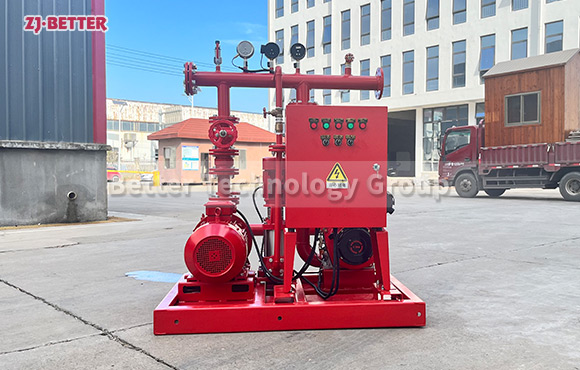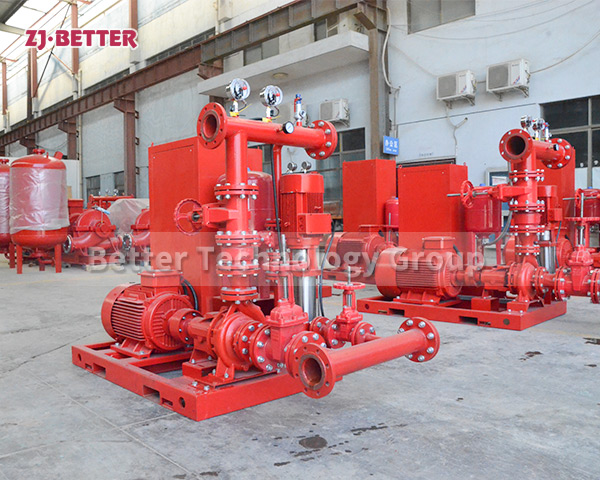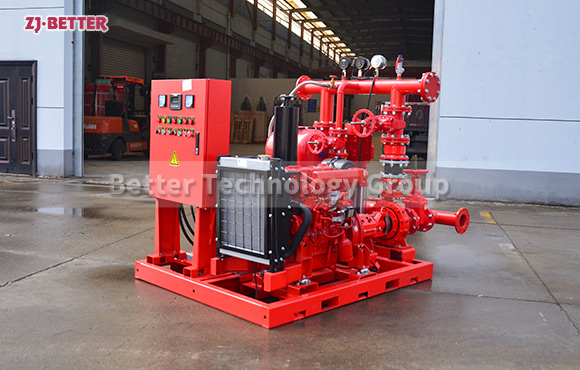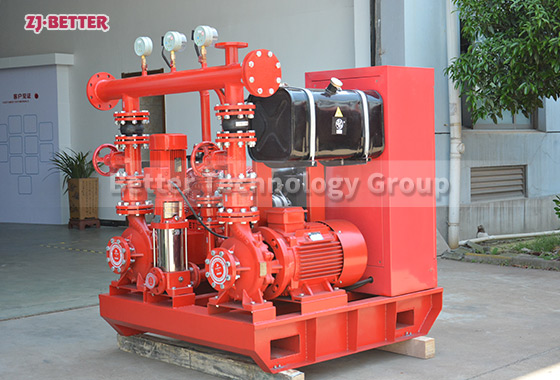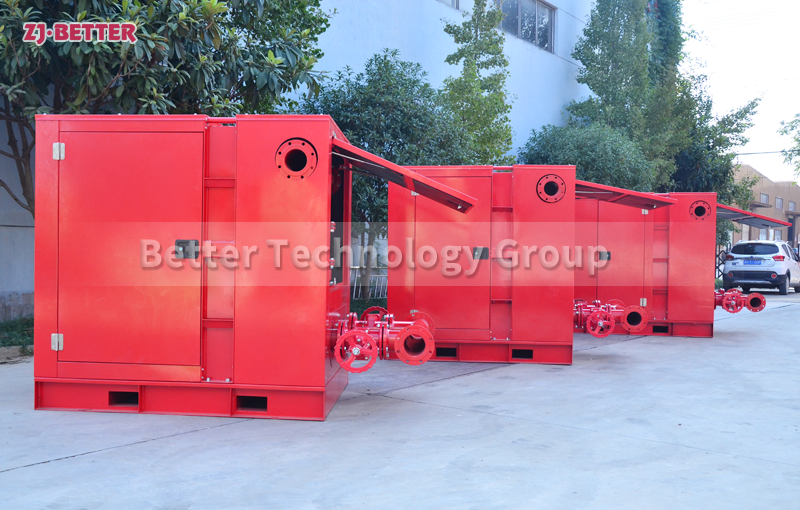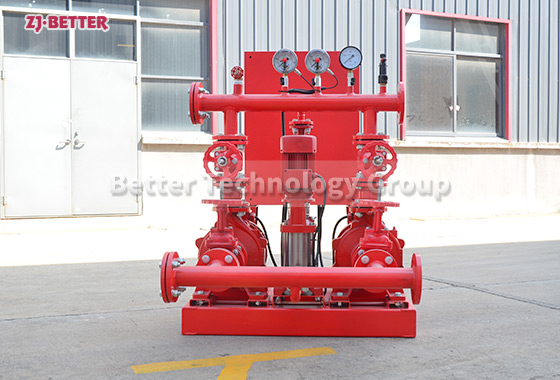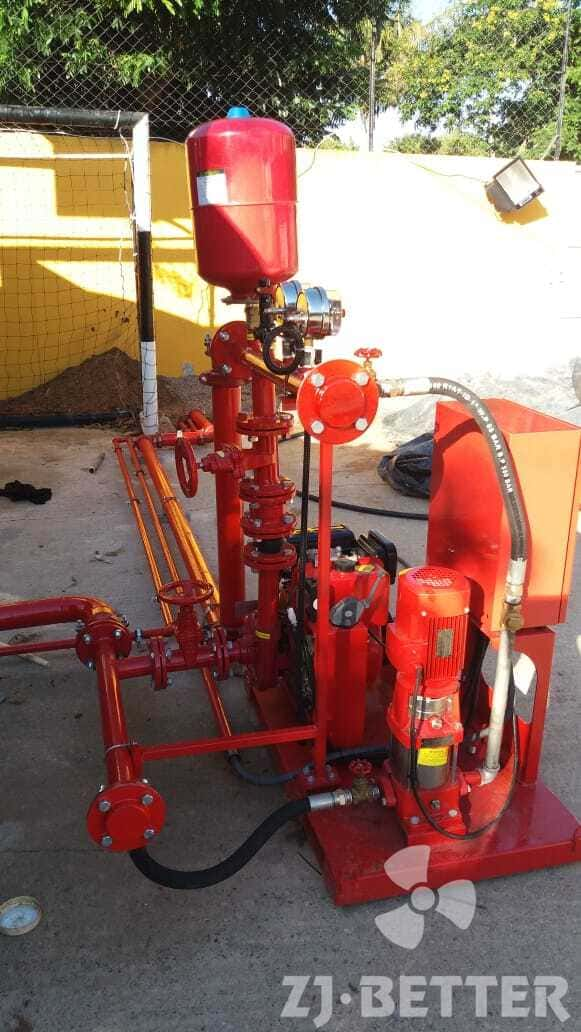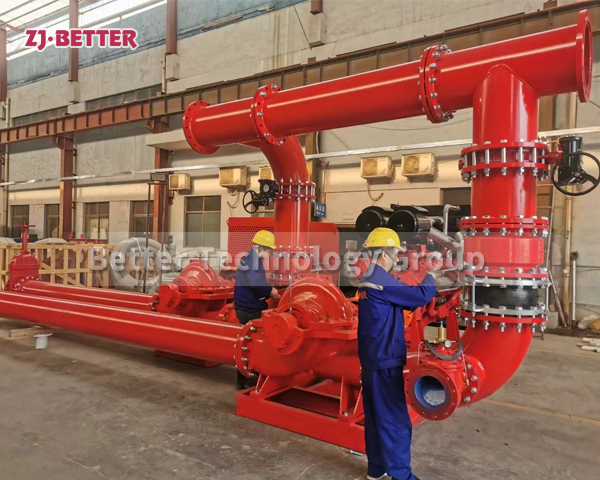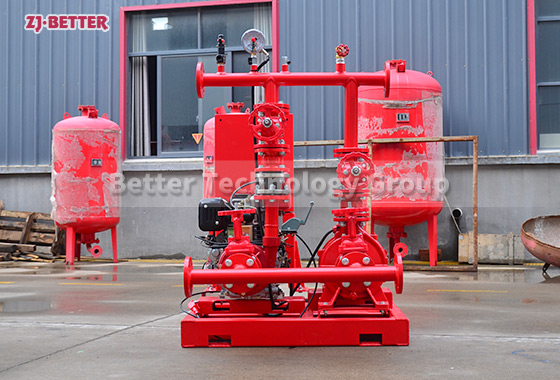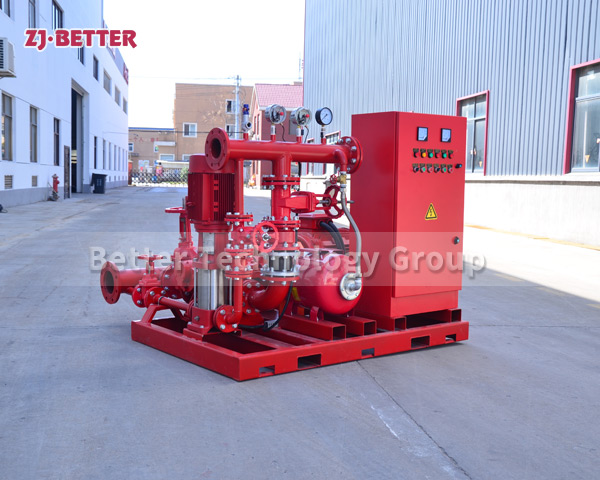EDJ fire pump is the first choice for emergency situations
The diesel engine fire pump can deliver clean water below 80°C without solid particles or liquids with physical and chemical properties similar to water. Under the premise of meeting the fire protection conditions, the requirements of living and production water supply conditions are taken into account. The products can be used not only in independent fire-fighting water supply systems, but also in fire-fighting and living shared water supply systems, as well as in construction, municipal, industrial and mining, water supply and drainage, ships, field operations and other occasions.
The diesel engine fire pump set has high efficiency, long operating life and high reliability (there is no failure of pneumatic seizure after a long time of deactivation).
The diesel engine fire pump is a complete combination installed with electrical instruments and other equipment. It has complete functions, high degree of automation, compact structure, automatic fault alarm and reception of starting signals, completes the starting procedure by itself, and can be quickly put into full-load operation. The unit can be repaired according to the optional shock absorber, rubber flexible joint, exhaust port with bellows muffler. In case of insufficient fuel, low battery voltage, high lubricating oil temperature, overspeed, etc., it is equipped with an alarm device, and at the same time, it is equipped with a heating device to ensure that the diesel engine starts in a low temperature environment. The whole system is safe, reliable and easy to use.

